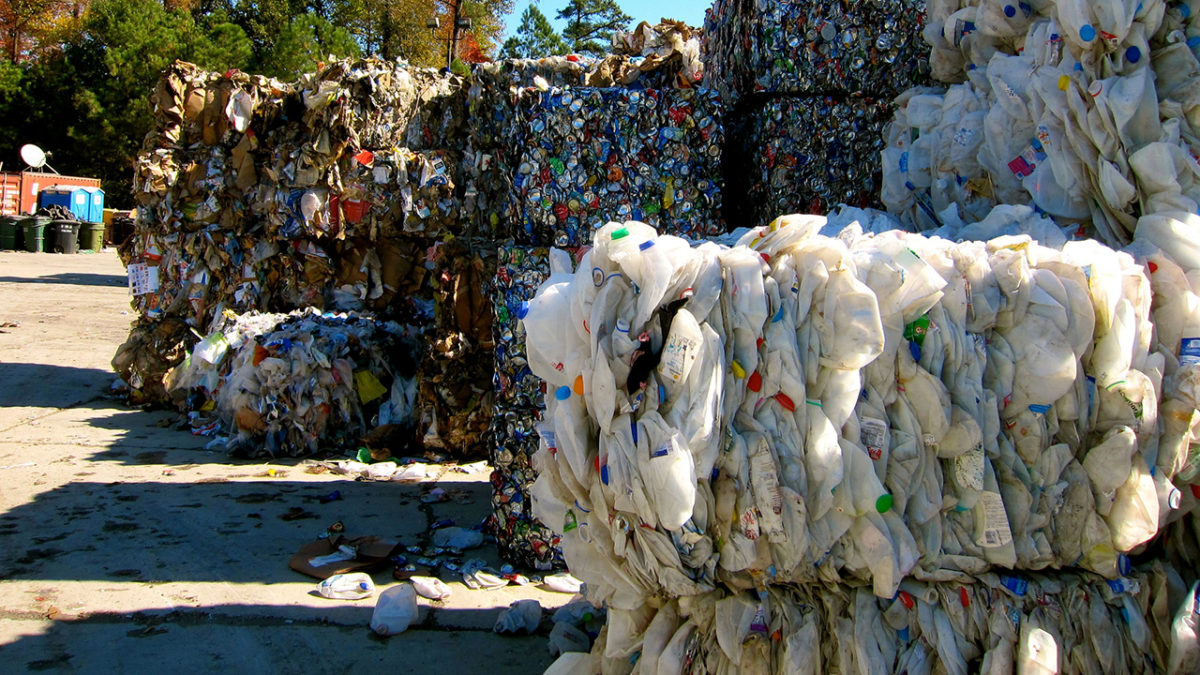Traditionally, we have always used weight (in tons) to measure the amount of trash we generate and the amount of recycling and organic matter that’s collected for recovery. For example, both the U.S. EPA’s annual Municipal Solid Waste Facts and Figures report and Eurostat’s waste statistics for for European countries both report based on weight. Over time, this has allowed us to compare how we are doing on recycling from year to year in a meaningful way. However, the changing waste stream has made these types of comparisons over time less meaningful. At SUSTPACK 2015, one session focused on “Strategic Views of Recyclability and Recovery” and several of the speakers mentioned this changing waste stream issue.
There are actually two related issues: one is the lightweighting of traditional packaging such as bottles and cans made of glass, metal, and plastic. Second, even these light weight traditional packaging formats are being replaced by flexible films and pouches. While the weight of packaging has gone down, the quantity of collected packaging has actually increased, according to Susan Robinson of Waste Management, leading to higher costs for a company like Waste Management to process and sort the same ton of material. Gerald Rebitzer of Amcor Flexibles presented a provocative scenario that purposely questioned the sustainability of traditional recycling at all costs. His presentation put forth two extreme and hypothetical scenarios — one where all packaging is made of rigid materials (glass, metal, plastic) and is recycled at 100%, and one where all packaging is made of only flexible films and none of it is recycled. Which is more sustainable? In the end, Gerald commented that we need a hybrid of the scenarios, but the point of the comparison was to show that traditional material recycling is not always the most sustainable option. In fact, material reduction, the first “R” in the reduce/reuse/recycle mantra, remains the most effective sustainability action we can take.
Both Susan and Gerald suggested that weight, the traditional metric we use to measure waste generation and materials collected for recycling, is no longer relevant. This is because of the changing waste stream, but also because so many other life cycle assessment metrics could potentially provide a more relevant picture of sustainability for packaging recovery. They both suggested carbon footprint as a new metric, but Gerald also put forward additional life cycle metrics, such as water use.
I don’t like to abandon our tried and true weight metric completely for the sake of comparison over time, but I do think it’s time to start adding new metrics to our discussions about packaging recycling and recovery in the future. Should we start reporting our recycling, not in tons, but in carbon dioxide equivalents?
Categories
Is Trash No Longer a “Weighty” Issue?


